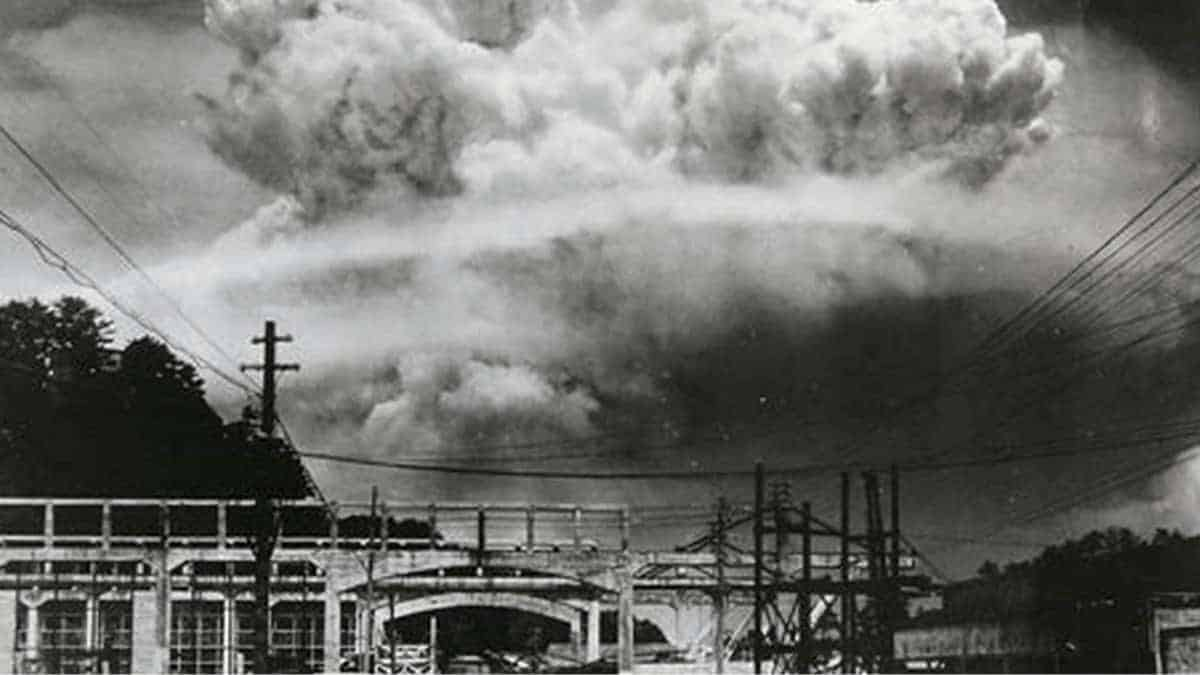Difference between Hiroshima, Nagasaki and Chernobyl Blast

Several nuclear and atomic bombs have been detonated in various locations around the world in recent years. While most people have moved on from these events, with some only recently learning of the explosions, the affected areas and people may still be recovering. Hiroshima, Nagasaki, Chernobyl, and Semipalatinsk, for example, had devastating effects on people and the environment.
Chernobyl
This is a nuclear accident that occurred on April 26, 1986, at a power plant in the Chernobyl region near Pripyat city. The disaster is the most heinous nuclear disaster in history.
The immediate explosion killed two operating personnel, and 134 firemen and personnel were hospitalised as a result of severe radiation syndrome caused by the high levels of radiation released. In the ten years following the explosion, 28 of the 134 died as a result of the radiation, and 14 cancer deaths were reported as a result of the radiation. Thyroid cancer-related deaths linked to the explosion have also been reported.
Hiroshima
This is an atomic bomb attack carried out by the United States on the Japanese city of Hiroshima on August 6, 1945. People within a 2-kilometer radius were exposed to radiation from this attack, which included neutrons and gamma rays as well as black rain containing nuclear fission products. Others were exposed to radiation from the soil’s absorbed neutrons.
The attack exposed approximately 350,000 people to radiation and killed approximately 129,000 people.
Nagasaki
Three days after the United States dropped an atomic bomb on Hiroshima, a second atomic bomb was dropped on Nagasaki on August 9, 1945. The 21-kiloton plutonium device known as “Fat Man”. An estimated 263,000 people were living in Nagasaki at the time of the bombing. Total deaths by the end of 1945 may have reached 80,000. Fat Man was dropped over Nagasaki on August 9, 1945.
It exploded 43 seconds later with a blast equivalent to 21 kilotons of TNT at an altitude of 1,650 feet. The radius of total destruction from the atomic blast was about one mile.
Difference between Hiroshima, Nagasaki and Chernobyl Blast
- The Chernobyl disaster occurred on April 26, 1986, whereas the Hiroshima attack occurred on August 6, 1945.
- While the Chernobyl disaster was caused by a nuclear power plant accident, the Hiroshima disaster was caused by a pre-planned atomic bombing.
- The Chernobyl disaster resulted in more than 28 deaths and exposed over 2 million people to radiation. The Hiroshima incident, on the other hand, exposed an estimated 350,000 people to radiation and killed approximately 129,000 people.
- Nagasaki and Hiroshima were bombs, built to be carried in an aircraft and dropped. They had scant pounds of uranium/plutonium in them, while Chernobyl was a nuclear power reactor with tons of lower-grade fuel, but tons of it, and the fission products that result from two years of operation.
- Nagasaki and Hiroshima exploded at least a half kilometer in the air, while Chernobyl was right on the ground.
- Chernobyl was opened up by a steam explosion, not a nuclear blast. That doesn’t make a whole lot of difference except to nuke nuts, but it is definitely a difference. Among other things, the power plant (including the other three reactors) wasn’t leveled by the explosion.
- Japan is nowhere over 50 miles from the ocean; N & H were seaports, on river estuaries on the sea, where the fallout could drop harmlessly in the ocean. Chernobyl is minimally 1800 kilometers from the open ocean, surrounded by populated countries.
Summary of Chernobyl vs. Hiroshima
The Chernobyl disaster was a nuclear power plant accident that occurred on April 26, 1986, and impacted Europe and the former Soviet Union. The Hiroshima event, on the other hand, was a planned atomic bombing that occurred on August 6, 1945. Despite the fact that the causes were different, the radiation released from both caused massive fatalities.


